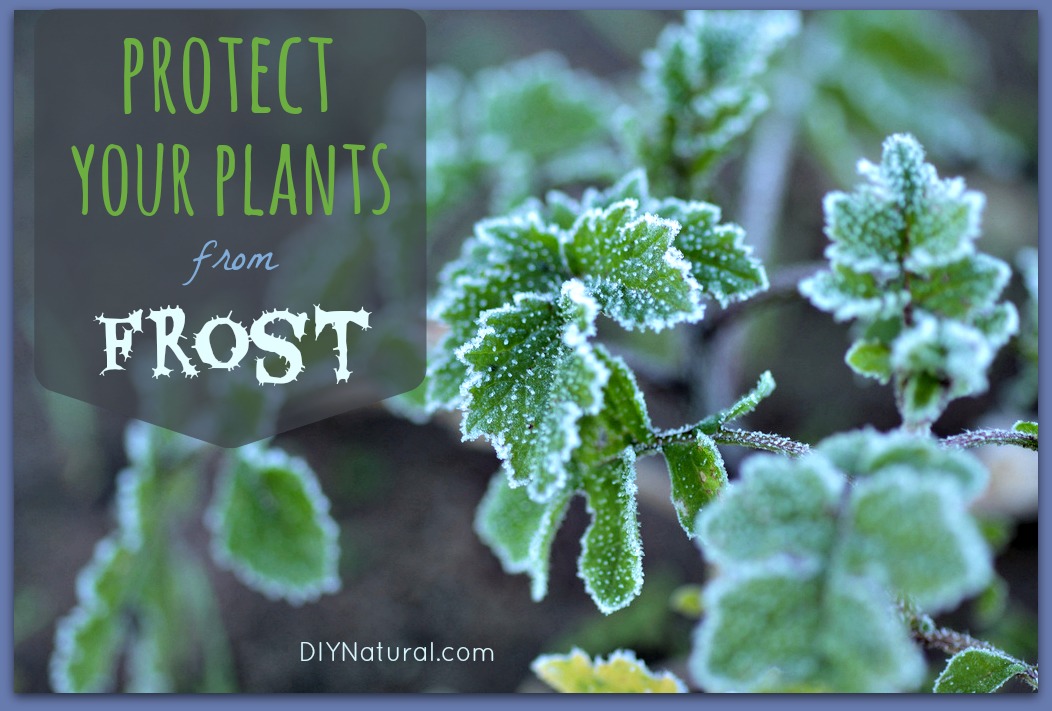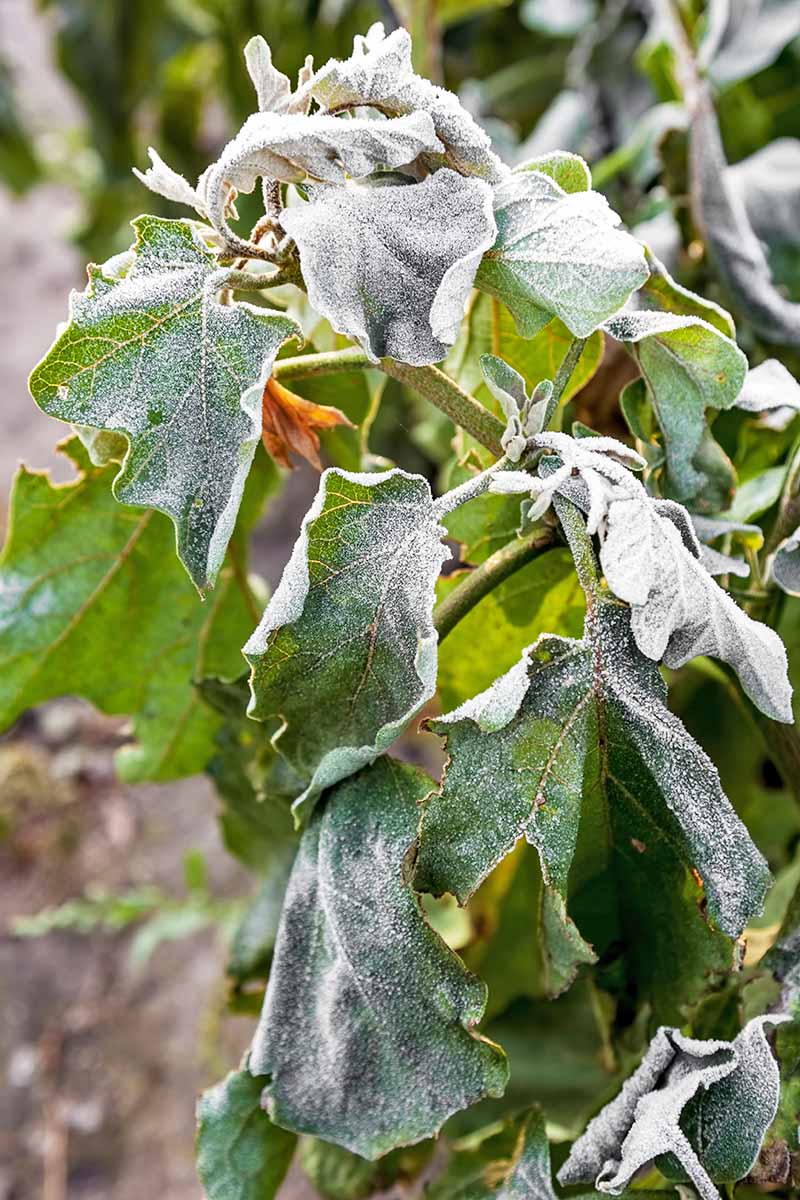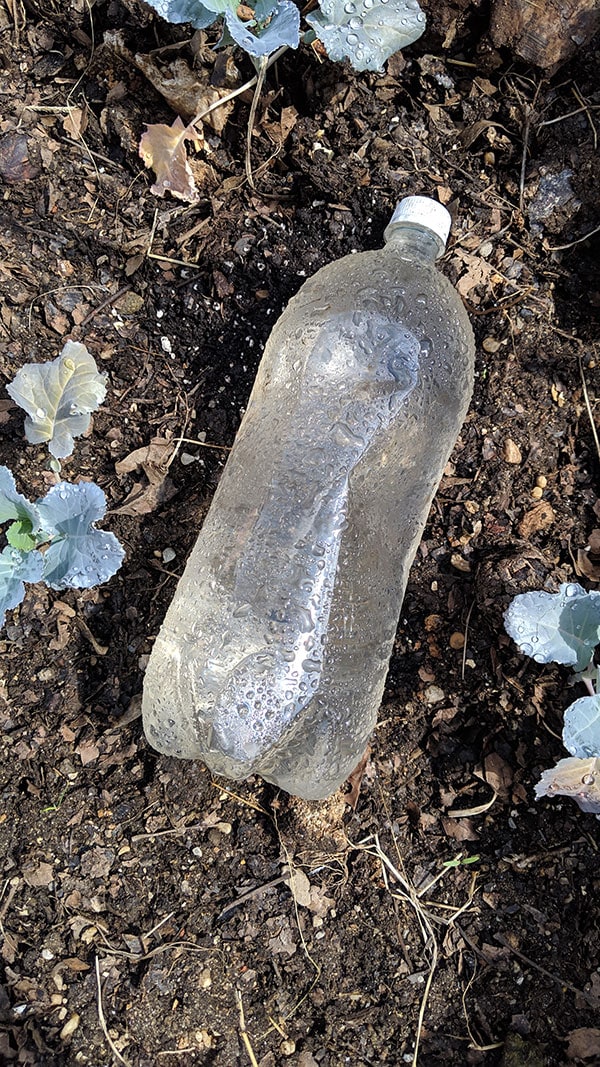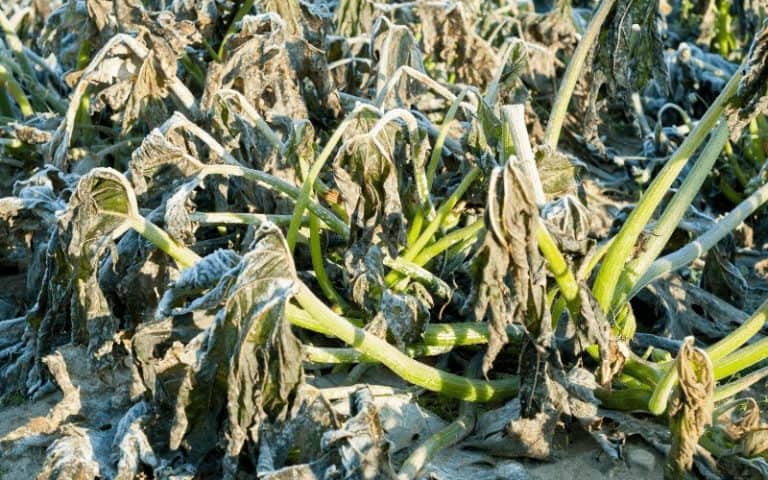Frost Protection 101: Why It Matters
Frost damage can be a devastating blow to any garden, causing irreparable harm to delicate plants and potentially wiping out an entire season’s worth of growth. By understanding the risks of frost damage and the benefits of taking proactive measures to safeguard your garden, you can ensure a thriving harvest. Frost protection is crucial for gardeners who want to get ahead of the game and protect their plants from the cold. Learning how to cover your plants for frost is a vital skill that can make all the difference between a successful harvest and a season of disappointment. In this article, we’ll explore the importance of frost protection and provide a comprehensive guide on how to cover your plants for frost, so you can rest easy knowing your garden is safe from the cold.
Identifying Frost-Sensitive Plants: What to Watch Out For
When it comes to protecting your garden from frost damage, it’s essential to identify the plants that are most susceptible to harm. Tender perennials, young trees, and sensitive vegetables are often the most vulnerable to frost damage. These plants have a lower tolerance to cold temperatures and can suffer irreparable harm if not properly protected. For example, plants like tomatoes, peppers, and cucumbers are highly sensitive to frost and can be damaged or killed by even a light frost. Similarly, young trees and shrubs may not have developed a strong enough root system to withstand the cold, making them more prone to damage. By understanding which plants are most at risk, you can take targeted measures to protect them and ensure a thriving harvest. Learning how to cover your plants for frost is a crucial step in safeguarding your garden from the cold.
How to Cover Your Plants for Frost: Essential Materials
When it comes to protecting your plants from frost damage, having the right materials is crucial. To effectively cover your plants for frost, you’ll need breathable fabrics, frost blankets, or DIY alternatives that can trap warmth and keep the cold out. Breathable fabrics like cotton, polyester, or nylon are ideal for covering plants, as they allow for airflow and prevent moisture buildup. Frost blankets, on the other hand, are specifically designed for frost protection and can be reused multiple times. If you’re on a budget, DIY alternatives like old sheets, towels, or burlap can also be effective. Regardless of the material you choose, it’s essential to have a sufficient supply to cover all your frost-sensitive plants. By understanding the essential materials needed to cover your plants for frost, you can take the first step in safeguarding your garden from the cold. Learning how to cover your plants for frost is a vital skill that can make all the difference between a successful harvest and a season of disappointment.
Frost Covering Techniques: Tips and Tricks
Now that you have the essential materials, it’s time to learn how to cover your plants for frost effectively. The key to successful frost protection lies in creating a frost-protective microclimate around your plants. To achieve this, start by draping the fabric or blanket over the plant, making sure to cover it completely. Secure the cover with stakes, rocks, or weights to prevent it from blowing away in the wind. For larger plants or trees, you may need to use multiple layers of fabric or blankets to ensure adequate coverage. When covering plants for frost, it’s essential to create a snug fit around the plant, while still allowing for airflow and moisture exchange. This will help to trap warmth and prevent moisture buildup, which can be detrimental to the plant’s health. By mastering these frost covering techniques, you can significantly reduce the risk of frost damage and ensure a healthy, thriving harvest. Learning how to cover your plants for frost is a vital skill that can make all the difference in protecting your garden from the cold.
When to Cover Your Plants: Timing is Everything
Timing is crucial when it comes to covering your plants for frost. To ensure effective protection, it’s essential to monitor weather forecasts and take action at the right moment. Start by checking the weather forecast regularly, especially during periods of cold weather. If a frost is predicted, make sure to cover your plants before the temperature drops. The ideal time to cover your plants is usually in the late afternoon or early evening, before the frost sets in. This allows the fabric or blanket to trap the warmth of the day and protect the plant from the cold night ahead. When covering your plants for frost, it’s also important to remove the covers during the day, once the temperature has risen above freezing. This will help to prevent moisture buildup and ensure healthy air circulation around the plant. By understanding when to cover your plants for frost, you can take proactive measures to safeguard your garden and minimize the risk of frost damage. Remember, learning how to cover your plants for frost is a vital skill that requires attention to detail and timely action.
Additional Frost Protection Strategies: Going the Extra Mile
While covering your plants for frost is an effective way to protect them, there are additional strategies you can employ to provide extra protection. One such method is mulching, which involves applying a layer of organic material, such as straw or bark chips, around the base of the plant. This helps to insulate the soil, keeping it warmer and reducing the risk of frost damage. Another approach is to use irrigation to protect plants from frost. By watering the plants thoroughly before a frost, you can help to raise the temperature of the soil and surrounding air, making it more difficult for frost to form. Anti-transpirant sprays can also be used to protect plants from frost damage. These sprays help to reduce moisture loss from the leaves, making the plant more resistant to cold temperatures. By incorporating these additional frost protection strategies into your gardening routine, you can provide your plants with an extra layer of protection and ensure a healthy, thriving harvest. Remember, learning how to cover your plants for frost is just the first step in protecting your garden from frost damage – by going the extra mile, you can ensure your plants receive the protection they need to thrive.
Frost Damage Prevention: Common Mistakes to Avoid
When it comes to protecting your plants from frost, it’s not just about taking action, but also about avoiding common mistakes that can render your efforts ineffective. One of the most critical mistakes to avoid is inadequate coverage. Make sure to cover all parts of the plant, including the leaves, stems, and roots, to prevent frost damage. Another mistake is choosing the wrong materials for covering your plants. Avoid using plastic or vinyl, as they can trap moisture and cause more harm than good. Instead, opt for breathable fabrics or frost blankets specifically designed for frost protection. Neglecting to remove covers during the day is another common mistake. This can lead to moisture buildup and create an ideal environment for disease and pests to thrive. By being aware of these common mistakes, you can take steps to avoid them and ensure that your plants receive the protection they need. Remember, learning how to cover your plants for frost is crucial, but it’s equally important to avoid mistakes that can undermine your efforts.
Long-Term Frost Protection: Planning Ahead
While covering your plants for frost is an essential step in protecting them from damage, it’s equally important to think about long-term strategies for frost protection. One key approach is to select frost-tolerant plants that are naturally more resistant to cold temperatures. This can include plants like succulents, conifers, and certain types of grasses. By incorporating these plants into your garden, you can reduce the need for frequent covering and create a more resilient garden ecosystem. Another strategy is to design a frost-resilient garden layout. This can involve creating a microclimate that protects plants from harsh winds and cold temperatures, or using physical barriers like walls or screens to block frost. By incorporating these long-term strategies into your gardening routine, you can create a garden that is better equipped to withstand frost damage and thrive year-round. Remember, learning how to cover your plants for frost is just the first step – by planning ahead and incorporating long-term strategies, you can create a garden that is truly frost-resilient.








